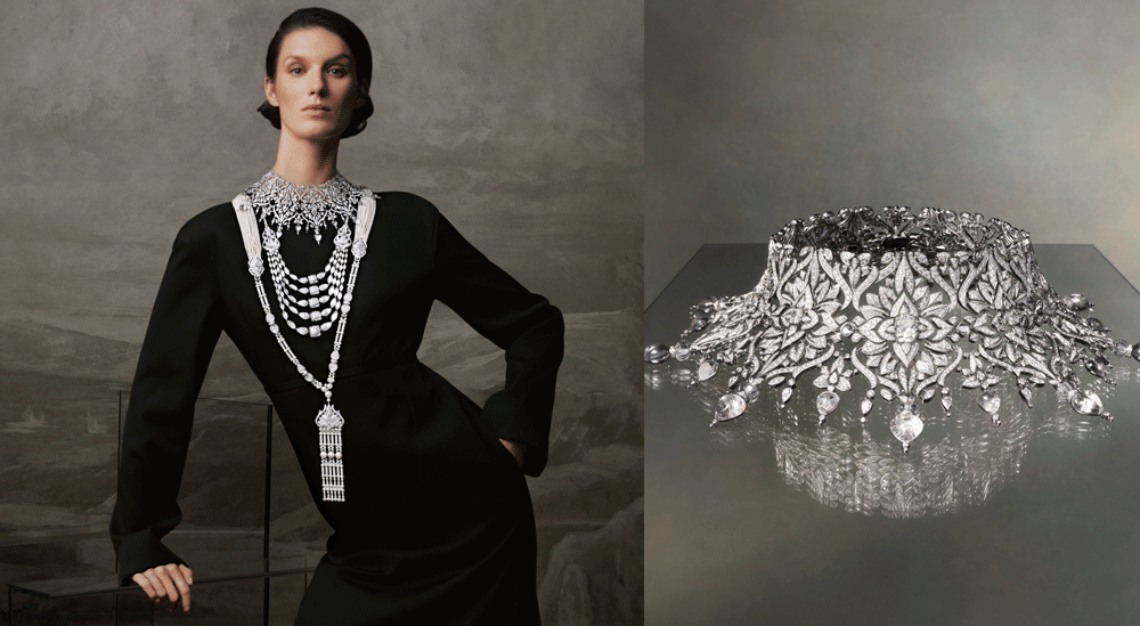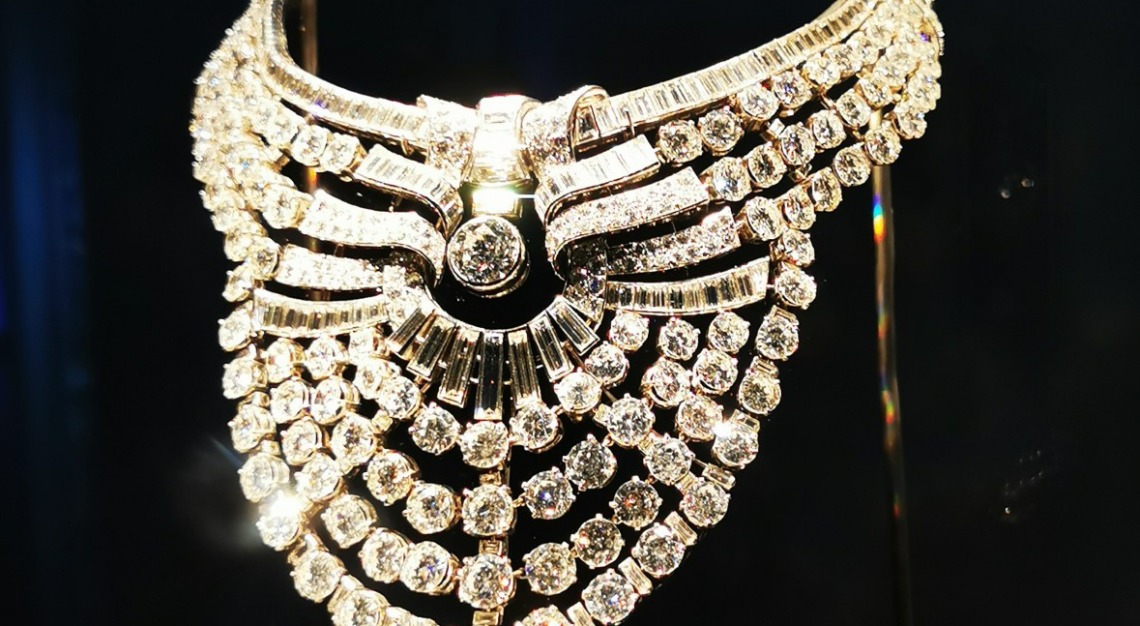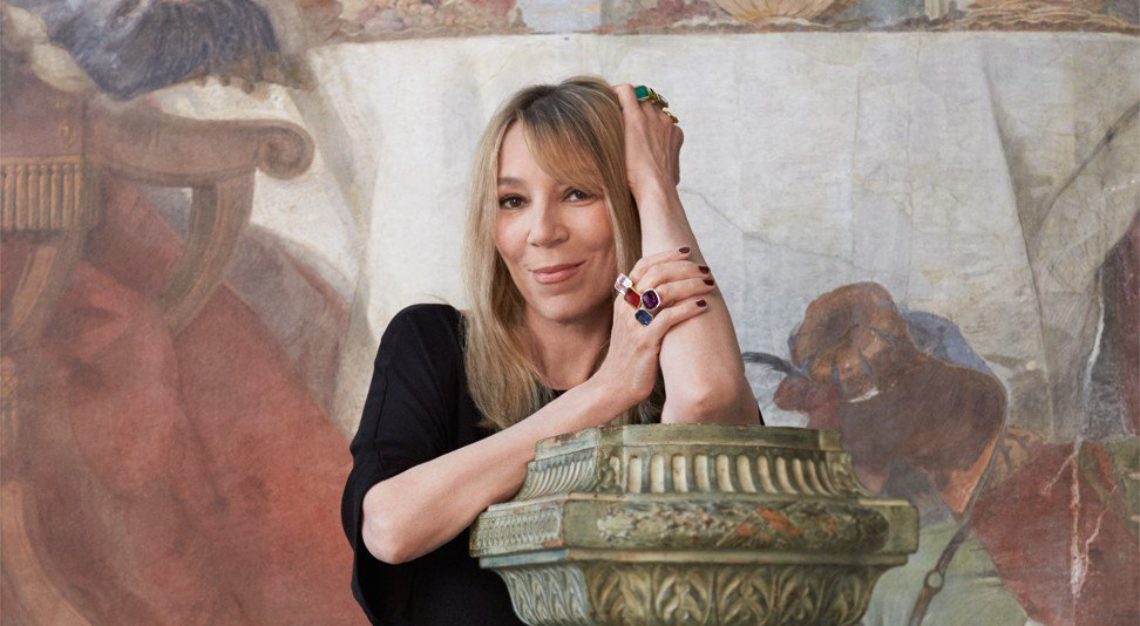So blinded are we by the diamond’s sparkle, that we have completely overlooked these underrated gems
Not to speak ill of the dead, but Marilyn Monroe was most definitely lying when she sang that, “diamonds are a girl’s best friend”. They aren’t, and neither are rubies, emeralds nor sapphires – the other three gems that were traditionally designated as ‘precious stones’. This narrow classification, which relegated all gems that were not the big four to the inferior-sounding category of ‘semi-precious stones’, is now considered outdated by the jewellery trade.
Today’s designers have a much better appreciation of the artistic possibilities that open up when they don’t limit themselves to just four types of gems, and consumers are gradually catching on. Much to the delight of serious collectors, some of these gems are even rarer, and thus, more expensive and investment-worthy than the diamond, ruby, emerald or sapphire. We get five local jewellers to tell us about their favourite, lesser-known gems.
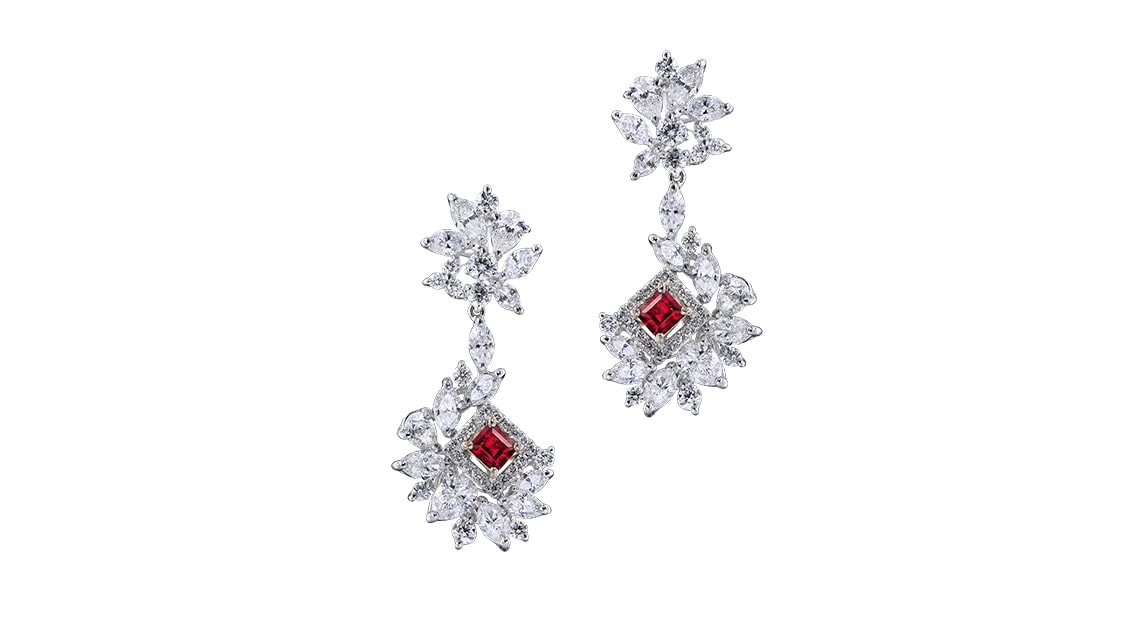
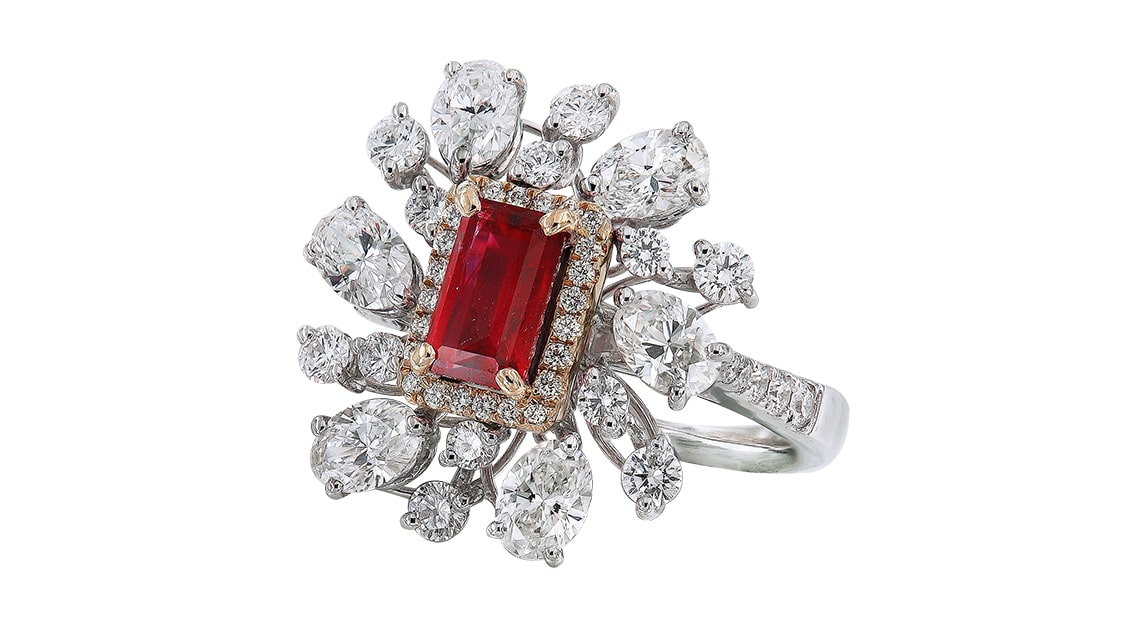
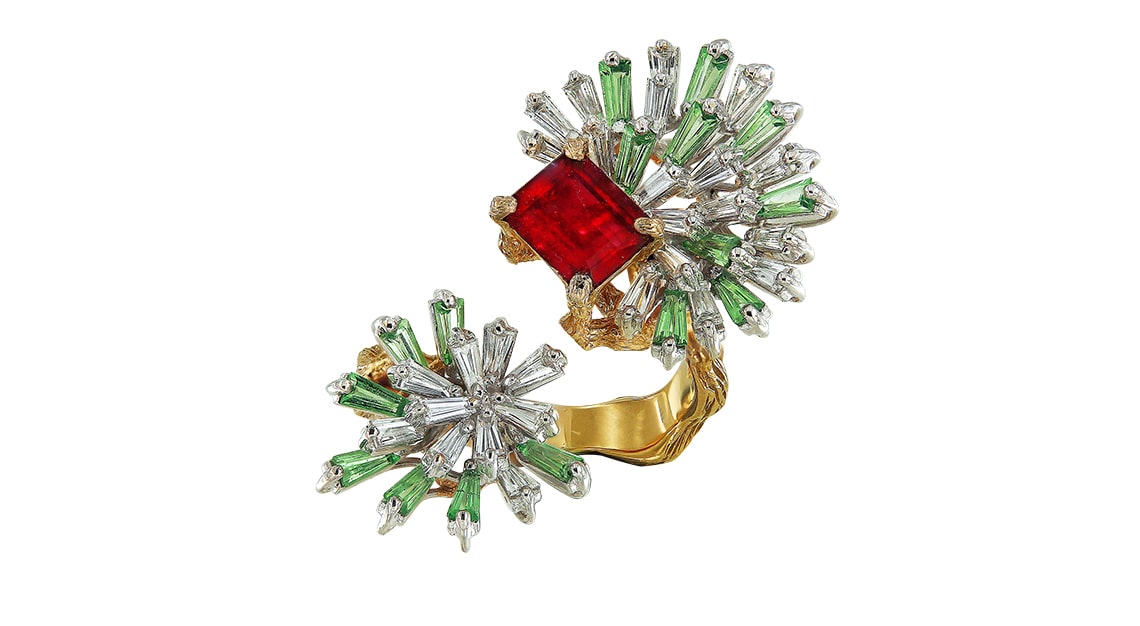
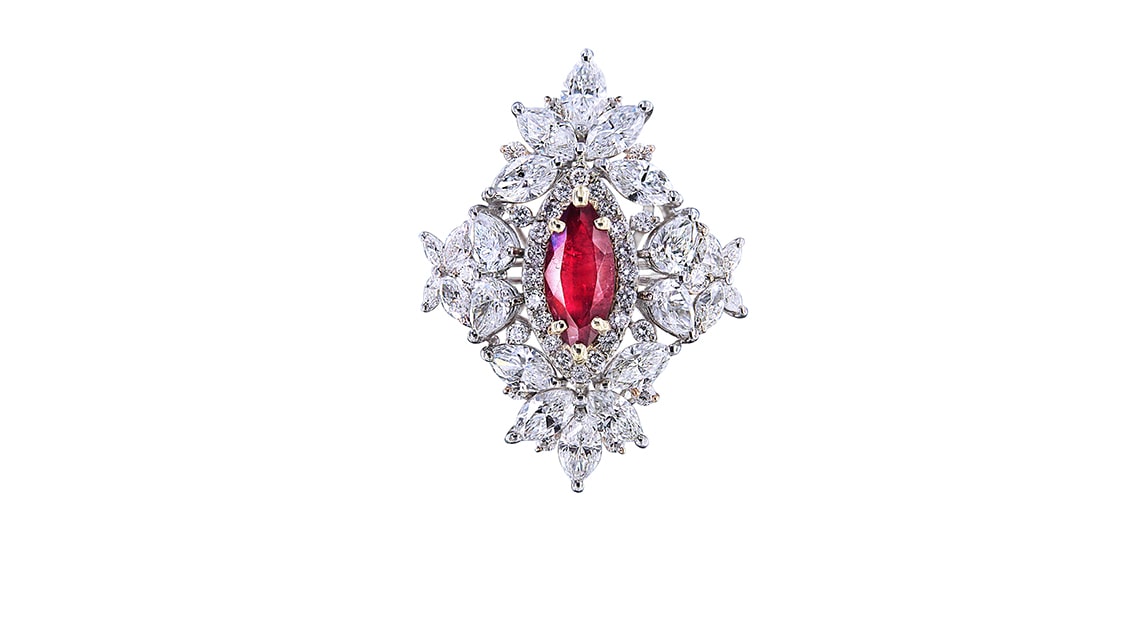

Bixbite, The Elusive One
“This stone first caught my attention during my university days when the professor of my gemology class mentioned it as one of the rarest gems in the world. It is found only in Utah, the US, at the Violet Claims mine, which ceased operations in 2001. It would take me 20 years of searching before I finally saw the gem. During my hunt, I was surprised to meet many people who have been in the trade for 30 years, who knew about bixbite, but had never seen one with their own eyes. This only made me more determined to find one.
“My effort finally paid off when I met the owner of the mine. When I first saw it, I was captivated by the colour – bixbites can be as red as rubies.
“Of course, knowing that only one crystal of bixbite is found for every 150,000 diamonds that are mined made it all the more special.” – Michael Koh, founder and designer, Caratell
Robb Tip: Bixbites are a type of beryl – the same family of minerals to which emeralds belong. They get their red colour from manganese impurities in the beryl, which would otherwise be colourless. For this reason, bixbites are often marketed as red emeralds.
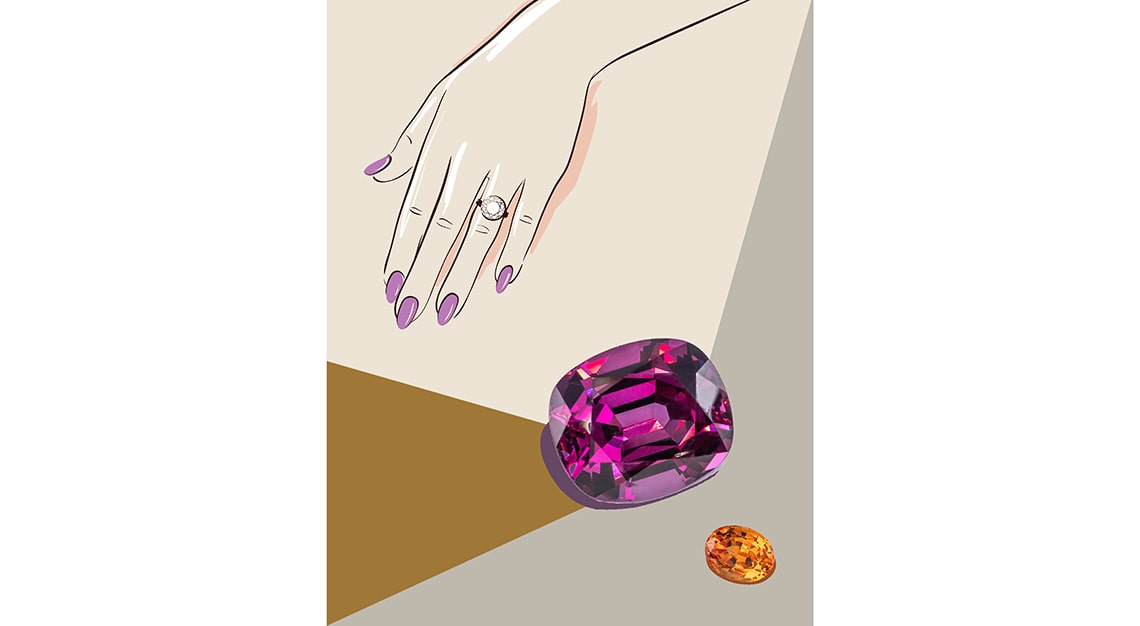
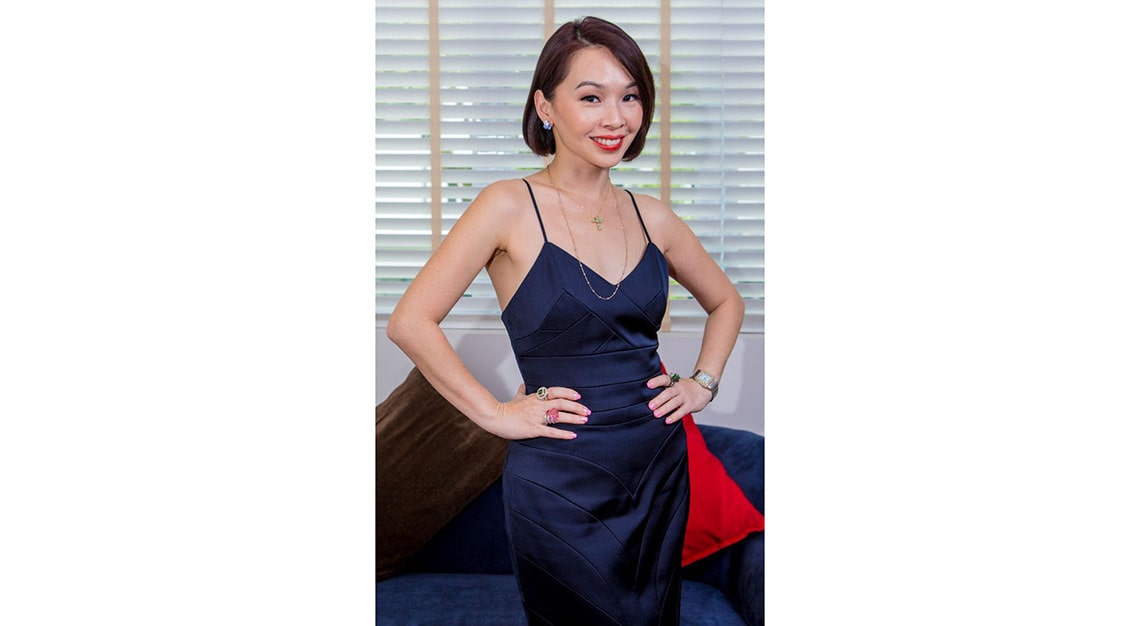
Garnet, The Chameleon Gem
“One of the most exciting gemstones that has been gaining popularity in recent years is the complex and fascinating garnet. It comes in such a wide range of varieties, stunning colours and characteristics.
“The Malaia garnet offers a whole spectrum of orange shades ranging from pinkish to reddish and yellowish. Some say that it looks like the Padparadscha sapphire, yet, it’s just a fraction of the cost of the sapphire. Another example of the stunning colour that can be found within the garnet family is tsavorite. It can be lush, forest or grass green, and those of good colour are often mistaken for emeralds. In reality, tsavorite is a far rarer stone than emerald, found only in East Africa and rarely more than two carats in size. Although prices for the tsavorite have been increasing steadily, when put beside an emerald of comparable quality, it is still more affordable.” – Maddy Barber, founder, Madly Gems
Robb Tip: Want two stones for the price of one? The ‘colour change garnet’ changes colours when viewed under different light sources. Most commonly, it is green under daylight and red in incandescent light. This colour change is similar to that found in alexandrite, a far more expensive gemstone.
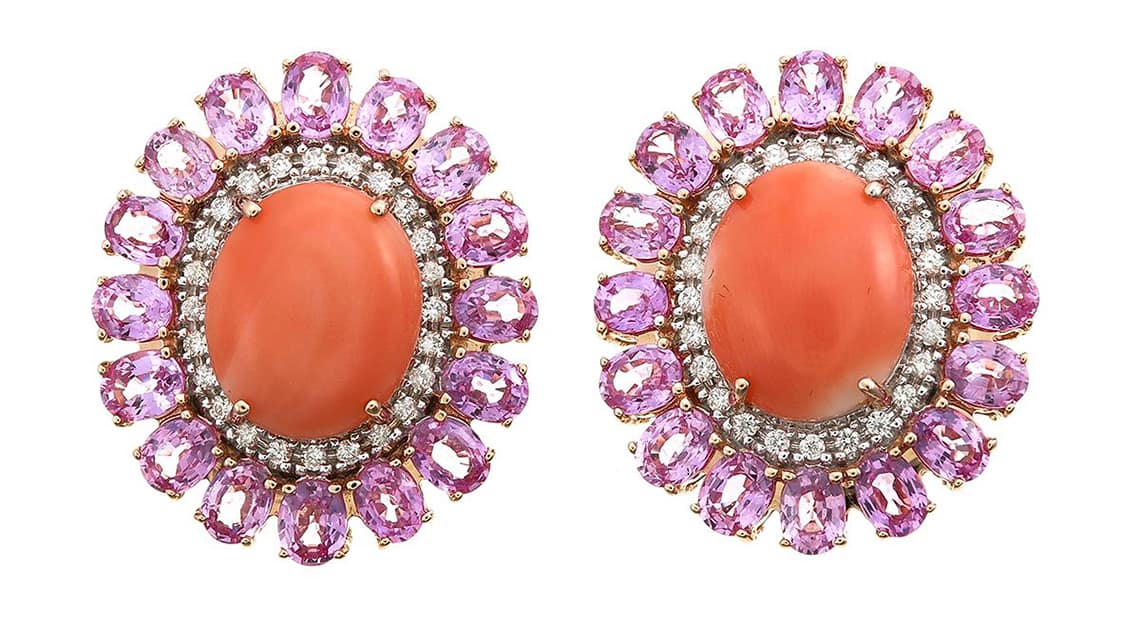
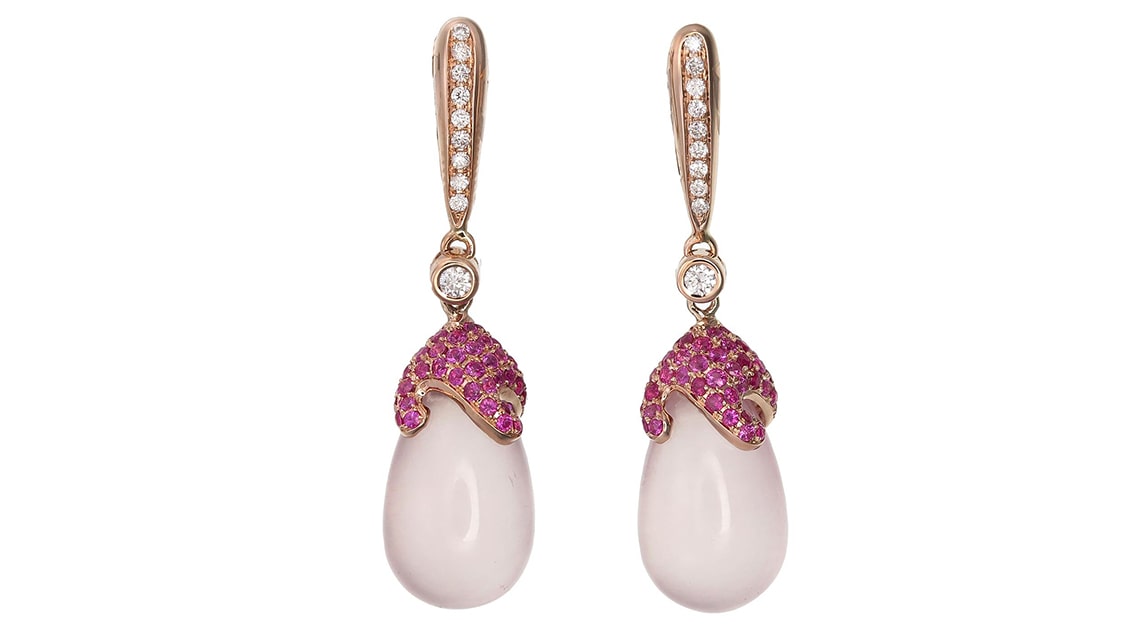
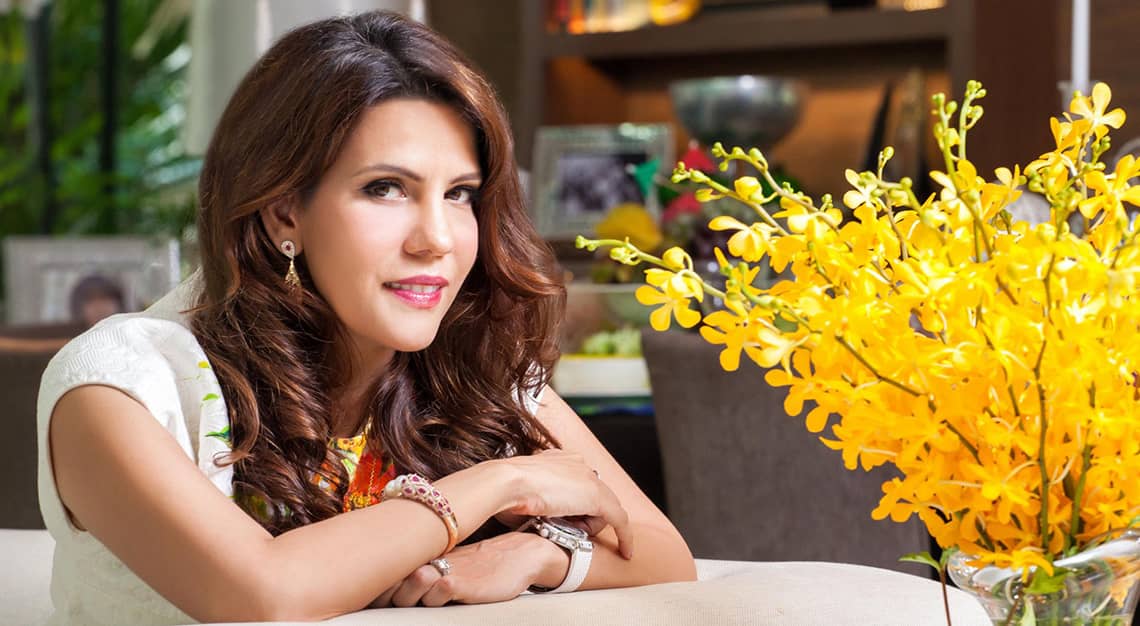
Coral, The Blushing Beauty
“My business has seen an increased appreciation of and demand for soft-hued gemstones. These include coral, which can be a bright red, but also a subtle blush pink. The latter colour is feminine and pairs really well with rose gold. The combination is captivating and rather new to the market.
“Soft pink coral complements most skin tones. In addition, it’s a stone that most collectors don’t own yet, so it’s attracting a lot of attention at present.
“With pastel shades currently popular in fashion, blush pink corals have become very versatile and can go with a variety of day and office wear. This plays really well into my design philosophy, which is focused on helping my customers get the most wear out of their pieces so that the cost per wear becomes very attractive.” – Sara Taseer, founder and designer, Sara Taseer Fine Jewellery
Robb Tip: That coral cabochon in your ring has something in common with the carrot in your fridge; both get their vivid colours from carotene, a natural pigment. That is, unless the coral is a white one that’s been dyed to resemble its more desired red and pink counterparts. It’s not easy to identify dyed coral with the naked eye, so only buy from trusted sources.
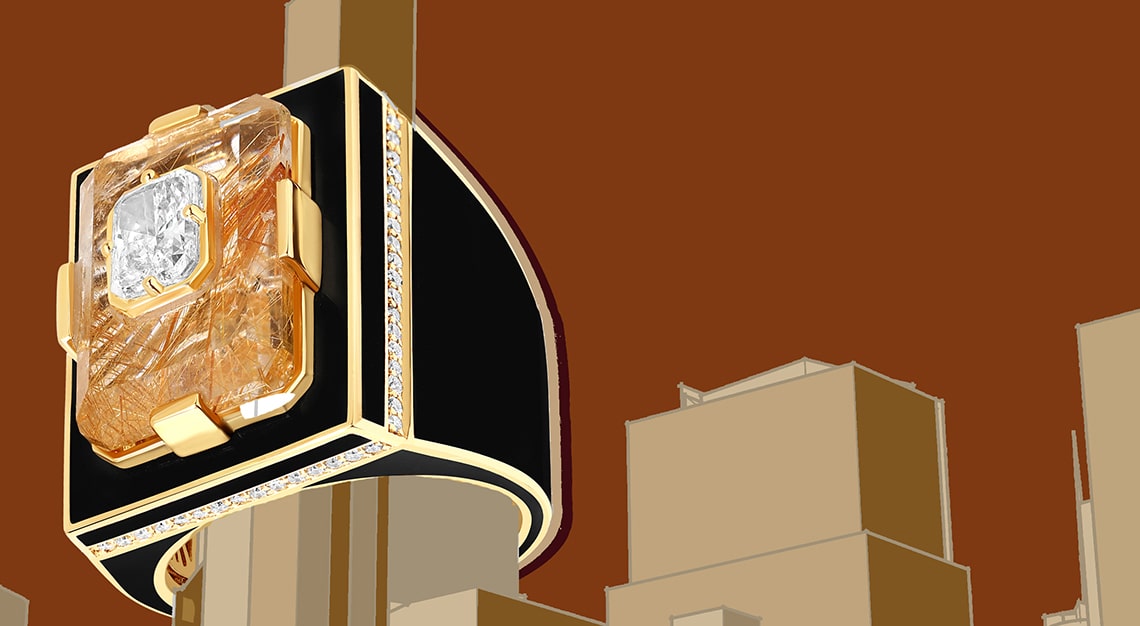

Rutilated Quartz, The Perfectly Imperfect
“A gem we have been experimenting with is rutilated quartz. It is easily recognised by its needle-like inclusions. These inclusions are never the same in any stone, making each specimen unique. Although inclusions are considered to be undesirable imperfections in other stones, in rutilated quartz, they are valued. Given the current social climate of celebrating uniqueness and seeing beauty in imperfections, the rutilated quartz fits right in.
“In a ring we have just launched as part of our Voyager collection, we used a large golden rutilated quartz as the backdrop for a one-carat flawless radiant-cut diamond. The rutilated quartz adds texture to this statement piece and the inclusions in it bring a beautiful contrast to the flawless quality of the diamond.” – Afzal Imram, co-founder and designer, State Property Fine Jewellery
Robb Tip: The needle-like inclusions, or rutile, in rutilated quartz consist mainly of titanium dioxide. Its colours are influenced by the presence of iron oxide. The more iron oxide there is, the more gold or copper the rutile appears. Black rutile indicates a lack of iron oxide.
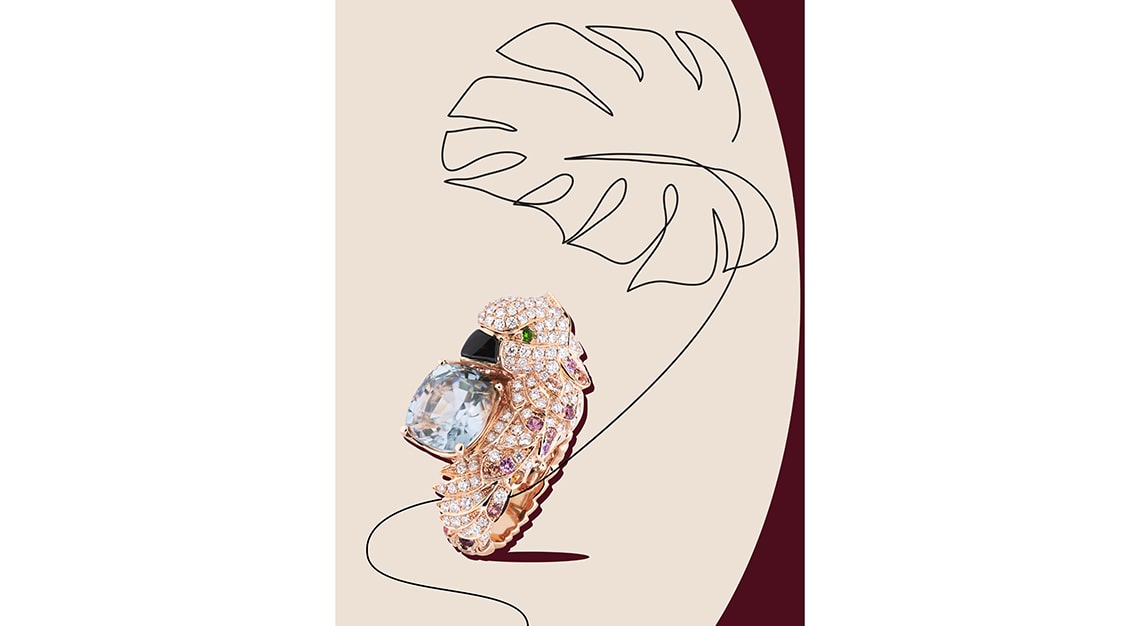

Zircon, The Underrated Gem
“The greatest misconception about zircons is that they are not natural gems. This is because people often mistake zircon for cubic zirconia. The two are very different gems; the latter is usually synthetic and created under controlled conditions in a lab. Naturally, zircons come in many colours, with the most popular being the bright blue ones from Brazil. However, these have usually been heat-treated to enhance their colour.
“I love working with unheated zircons. These usually come in pastel pink or blue. They can also be lavender, but those are extremely rare. When buying a zircon, always request for a certificate to ensure that it has not been submitted to heat treatments. This gem has a high refractive index, which means it has as much fire as a diamond. It’s hard to resist falling in love with a zircon when you see one in real life, which is probably why our zircons are very limited in supply and usually snapped up when displayed.” – Simone Ng, executive creative director, Simone Jewels
Robb Tip: Zircon was a favourite of renowned gemmologist, George Kunz, who worked at Tiffany & Co. as a gem buyer during the late 1800s. Inspired by the gem’s fire, he once suggested renaming it Starlite.
